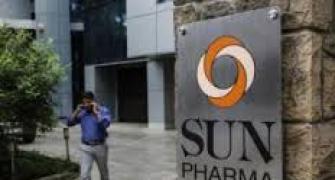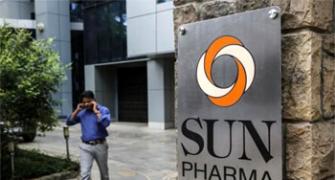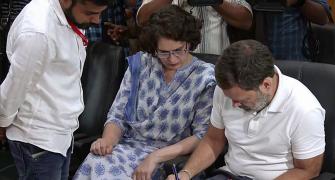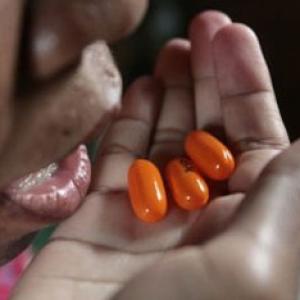Currency values were the bigger villain over the 7 years in a troubled investment
 The steep rupee fall of 47 per cent to the dollar in the past seven years seems to have dealt a greater blow to Japanese pharmaceutical giant Daiichi Sankyo than the value destroyed due to Ranbaxy’s regulatory complications in recent years.
The steep rupee fall of 47 per cent to the dollar in the past seven years seems to have dealt a greater blow to Japanese pharmaceutical giant Daiichi Sankyo than the value destroyed due to Ranbaxy’s regulatory complications in recent years.
A Business Standard analysis of the prices and exchange rates of the two deals, separated by seven years, that marked the entry and exit of Daiichi, in and from Ranbaxy, shows that while it might have made a small market gain on rupee terms, the loss on account of a climbing dollar was multifold. A less sharper fall of the yen against the dollar seems to have cushioned the hit to some extent.
In June 2008, Daiichi Sankyo announced a deal to buy out Singh brothers and other family entities that controlled a 34.82 per cent stake in Ranbaxy. The Japanese company also announced an open offer to buy another 20 per cent, in line with the legal rules here, at Rs 737 a share. From its filings in December 2008, Daiichi had bought a total of 268.7 million shares. At the open offer price of Rs 737 a share, it would have paid a total Rs of 19,803.2 crore (Rs 198.03 billion).
On Monday, Daiichi sold 214.96 million shares of Sun Pharma, which it had got with the merger of Ranbaxy, to the Dilip Shangavi-owned company. At an average of Rs 931.60 reported, this deal would have fetched Daiichi Rs 20,026.5 crore (Rs 200.26 billion).
Thus, despite all the bad news about the regulatory issues and allegations faced by Ranbaxy since 2013, Daiichi made a profit of Rs 223.3 crore (Rs 2.23 billion) in rupee terms.
When Daiichi announced the deal on June 11, 2008, the rupee was trading at 42.74 to the dollar, and the yen at 106.81. On Monday, when Daiichi exited, the dollar closed at Rs 62.85 and ¥119.54, up 47 per cent and 11.9 per cent, respectively.
Assuming the deal was routed through the dollar, like a typical yen carry trade, Daiichi would have brought into India $4.63 billion to fund its purchase consideration of Rs 19,803 crore (Rs 198.03 billion), seven years earlier. That would have cost about ¥495 bn at the 2008 exchange rates. At current rates, Daiichi’s Sun Pharma sale is worth $3.18 bn, which would fetch it about ¥380 bn.
Currency traders said though direct yen- rupee quotes are available, the calculations are based on how either currency is trading against the dollar. It is possible Daiichi had hedged this exposure.
Mahavir Lunawat, managing director, Pantomath Advisory Services, an investment banking entity, said, “There is no standard practice on hedging of such deals. It also depends on the hedging costs, which could be high.”
Given that Daiichi’s was envisioned as a long-term ‘strategic investment’ in India that was for keeps, it is unlikely to have factored in such a quick exit. Whether or not it was hedged will be known in the March 2015 numbers of Daiichi.
Keeping the hedge aside, Daiichi would be poorer by about ¥115 bn, translating to $960 million or Rs 6,033.7 crore (Rs 60.34 billion) at Monday’s rates.









